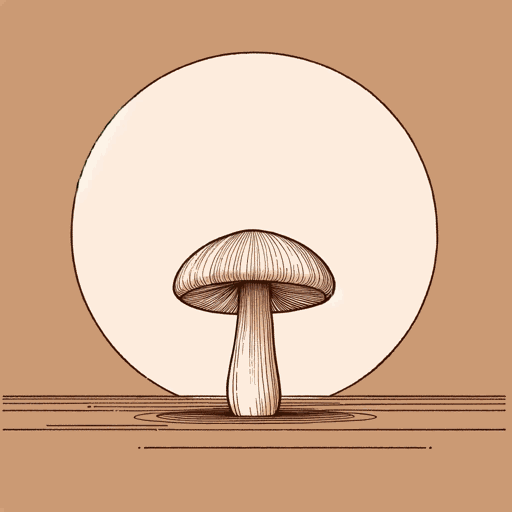75 pages • 2 hours read
Anna Lowenhaupt TsingThe Mushroom at the End of the World
Nonfiction | Book | Adult | Published in 2015A modern alternative to SparkNotes and CliffsNotes, SuperSummary offers high-quality Study Guides with detailed chapter summaries and analysis of major themes, characters, and more.
Before You Read
Summary
Preface
Prologue
Part 1, Introduction
Part 1, Chapters 1-3
Part 1, Interlude 1.1
Part 2, Introduction
Part 2, Chapters 4-7
Part 2, Interlude 2.2
Part 2, Chapters 8-10
Part 2, Interlude 2.3
Part 3, Introduction
Part 3, Chapters 11-13
Part 3, Chapters 14-15
Part 3, Chapters 16-17
Part 3, Interlude 3.3
Part 4, Introduction
Part 4, Chapters 18-19
Part 4, Chapter 20 and Conclusion
Key Figures
Themes
Index of Terms
Important Quotes
Essay Topics
Important Quotes
“Ever since the Enlightenment, Western Philosophers have shown us a Nature that is grand and universal but also passive and mechanical. Nature was a backdrop and resource for the moral intentionality of Man, which could tame and master Nature. It was left to fabulists, including non-Western and non-civilizational storytellers, to remind us of the lively activities of all beings, human and not human. Several things have happened to undermine this division of labor. First, all that taming and mastering has made such a mess that it is unclear whether life on earth can continue. Second, interspecies entanglements that once seemed the stuff of fables are now materials for serious discussion among biologists and ecologists, who show how life requires the interplay of many kinds of beings. Humans cannot survive by stomping on all the others. Third, women and men from around the world have clamored to be included in the status once given to Man. Our riotous presence undermines the moral intentionality of Man’s Christian masculinity, which separated Man from Nature.”
(Preface, Location 122, Page n/a)
In the work’s front matter, Tsing explores her relationship to history, humanity, and power. Her word choice underlines that prior views of the past were tidy: man could “master” environments” with nature as an object for action. In calling those who offered alternative views “fabulists’ she establishes herself not as an expert, but as a storyteller. In her account, these predecessors, have left all humans a “mess”—their quest for order has produced the opposite of its intent. Her use of an itemized list to describe what has changed emphasizes that radical critique may restore order. Destruction has produced philosophical and scientific transformation, perhaps even reversal. “Fables” have become “serious” and humans, rather than confident masters, are accused of “stomping”—like monsters or giants in a story, humanity has become frightening, irrational, and loud. The demands of formerly marginalized people are “riotous” and explicitly feminist, as the restoration of these voices challenges patriarchal ideologies.
“Imagine “first nature” to mean ecological relations (including humans) and “second nature” to refer to capitalist transformations of the environment. This usage—not the same as more popular versions—derives from William Cronon’s Nature’s Metropolis.1 My book then offers “third nature,” that is, what manages to live despite capitalism. To even notice third nature, we must evade assumptions that the future is that singular direction ahead. Like virtual particles in a quantum field, multiple futures pop in and out of possibility; third nature emerges within such temporal polyphony. Yet progress stories have blinded us. To know the world without them, this book sketches open-ended assemblages of entangled ways of life, as these coalesce in coordination across many kinds of temporal rhythms. My experiment in form and my argument follow each other.”
(Preface, Location 140, Page n/a)
Tsing establishes her relationship to existing scholarly frameworks, including those of Cronin, an eminent environmental historian. Though she is indebted, perhaps, to his work, she also clarifies her intent to expand upon it. Capitalism and “third nature” are not, perhaps, antagonistic, but the use of “despite” underlines that Tsing’s main subject exists outside of capitalist modes of deliberation of intention.

